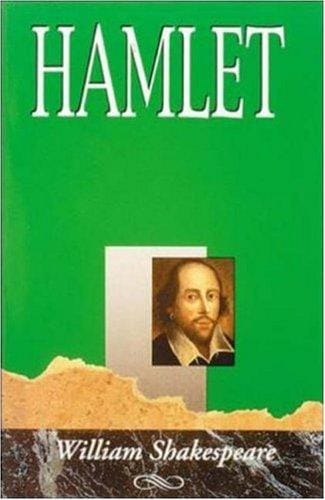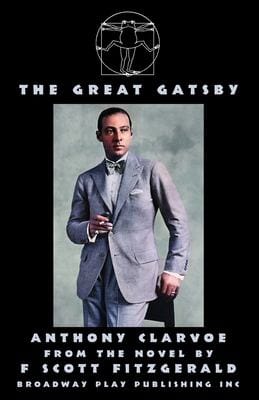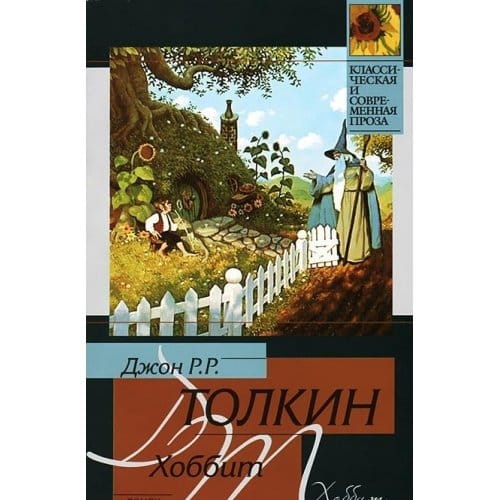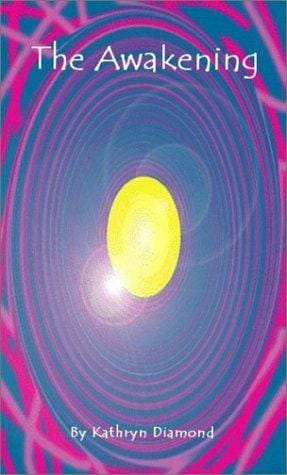Discovering Don Quijote: The Timeless Knight of La Mancha
An 800-word introduction to Cervantes’ Don Quijote, covering plot, characters, themes, and its lasting influence.
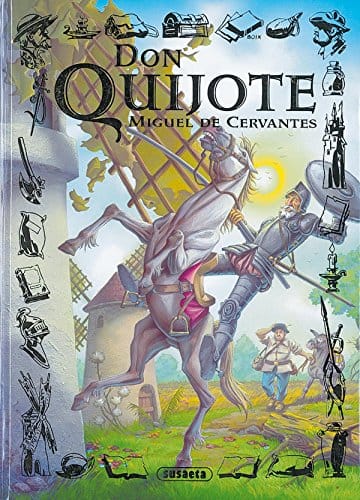
Introduction
Few literary figures are as instantly recognizable as Don Quijote, the idealistic hidalgo who rides forth from the dusty plains of La Mancha brandishing a lance, clad in rusty armor, and convinced that chivalry can still save the world. Written by Miguel de Cervantes and first published in two parts in 1605 and 1615, Don Quijote de la Mancha is widely regarded as the first modern novel. Its innovative blend of comedy, pathos, and philosophical reflection continues to speak to readers more than four centuries later.
This article offers an 800-word overview of Don Quijote’s plot, characters, themes, and cultural impact, helping first-time readers and seasoned fans alike appreciate why the book remains a global classic.
Plot Overview
The story begins in a small Castilian village where Alonso Quijano, a middle-aged landowner, becomes obsessed with chivalric romances. So consumed is he by tales of valiant knights that he renames himself Don Quijote, rebrands his nag as the mighty steed Rocinante, and appoints a battered helmet fashioned from a barber’s basin. Determined to revive knighthood’s glory, he sets off to right wrongs and defend the helpless.
His earliest adventures are famously misguided. He mistakes a humble inn for a castle, a herd of sheep for an enemy army, and windmills for gigantic adversaries—the misreading that coined the phrase “tilting at windmills.” After being badly beaten and returned home, Don Quijote embarks on a second expedition, this time accompanied by Sancho Panza, a pragmatic farmer promised the governance of a mythical island. Together they wander Spain, confronting imagined enchantments, corrupt officials, and occasionally their own reputations, which spread throughout the countryside in pirated ballads.
The second volume becomes increasingly metafictional: characters in the novel have read the bestselling first volume and recognize Don Quijote and Sancho as literary celebrities. Ultimately, after a series of defeats engineered by well-meaning friends, the knight is persuaded to abandon his fantasies, reclaiming his identity as Alonso Quijano before quietly dying at home.
Main Characters
Don Quijote
A dreamer in a cynical age, Don Quijote epitomizes the tension between idealism and reality. His madness is selective; though he misperceives the world of objects, he often articulates profound truths about justice, dignity, and love.
Sancho Panza
Sancho supplies earthy realism and folksy proverbs that counterbalance Don Quijote’s high rhetoric. His loyalty is unwavering, yet he gradually absorbs some of his master’s idealism, showcasing Cervantes’ nuanced understanding of influence and friendship.
Dulcinea del Toboso
Never seen directly, Dulcinea is a peasant woman whom Don Quijote transforms through imagination into a radiant lady. She represents the novel’s central question: does the value of a person—or a story—derive from objective facts or from the meaning assigned by the beholder?
Major Themes
Reality vs. Illusion
Don Quijote’s misinterpretations dramatize the slippery border between perception and truth. Cervantes invites readers to ask whether reality is fixed or shaped by perspective, particularly through the self-referential layers of the second volume.
The Power of Literature
The knight’s behavior is fueled by books, and Cervantes skillfully parodies the very romances he also celebrates. By embedding critiques within an engrossing narrative, the novel interrogates fiction’s ability to inspire, deceive, and transform.
Individualism and Identity
Alonso Quijano’s decision to rename himself illustrates literature’s capacity to help people reinvent themselves. His final renunciation raises bittersweet questions about conformity, delusion, and the price of authenticity.
Cultural Impact
Don Quijote has transcended its 17th-century Spanish roots to become a universal symbol of quixotic ambition. Artists from Gustave Doré to Pablo Picasso have interpreted the knight’s lanky silhouette, while composers such as Richard Strauss and Mitch Leigh (in the musical "Man of La Mancha") have turned his exploits into symphonic poems and Broadway hits. The word "quixotic" entered numerous languages as shorthand for impractical idealism.
Scholars credit Cervantes with pioneering techniques—multiple narrative perspectives, unreliable narrators, metafictional commentary—that later shaped novelists from Laurence Sterne to Jorge Luis Borges. Today, Don Quijote is second only to the Bible in global translation, underscoring its versatility across cultures and epochs.
Reading Tips
At roughly 1,000 pages in most English translations, Don Quijote can feel daunting. Breaking the book into its two original parts helps maintain momentum. Modern translations by Edith Grossman and John Rutherford capture Cervantes’ humor and rhythm for contemporary readers, while annotated editions provide contextual notes on Golden Age Spain.
Reading aloud amplifies the text’s theatricality and comedic timing, especially during Sancho’s proverb-laden dialogues. Pairing the novel with visual art or film adaptations—such as Terry Gilliam’s "The Man Who Killed Don Quixote"—can enrich appreciation of its enduring imagery.
Conclusion
Don Quijote endures because it simultaneously mocks and venerates the human craving for meaning. Cervantes reminds us that even when our quests collide with windmills, the attempt to live according to higher ideals renders existence remarkable. In an age saturated with competing narratives, the knight of La Mancha still invites readers to choose their stories wisely—and to ride out bravely, no matter how cracked the armor may be.
